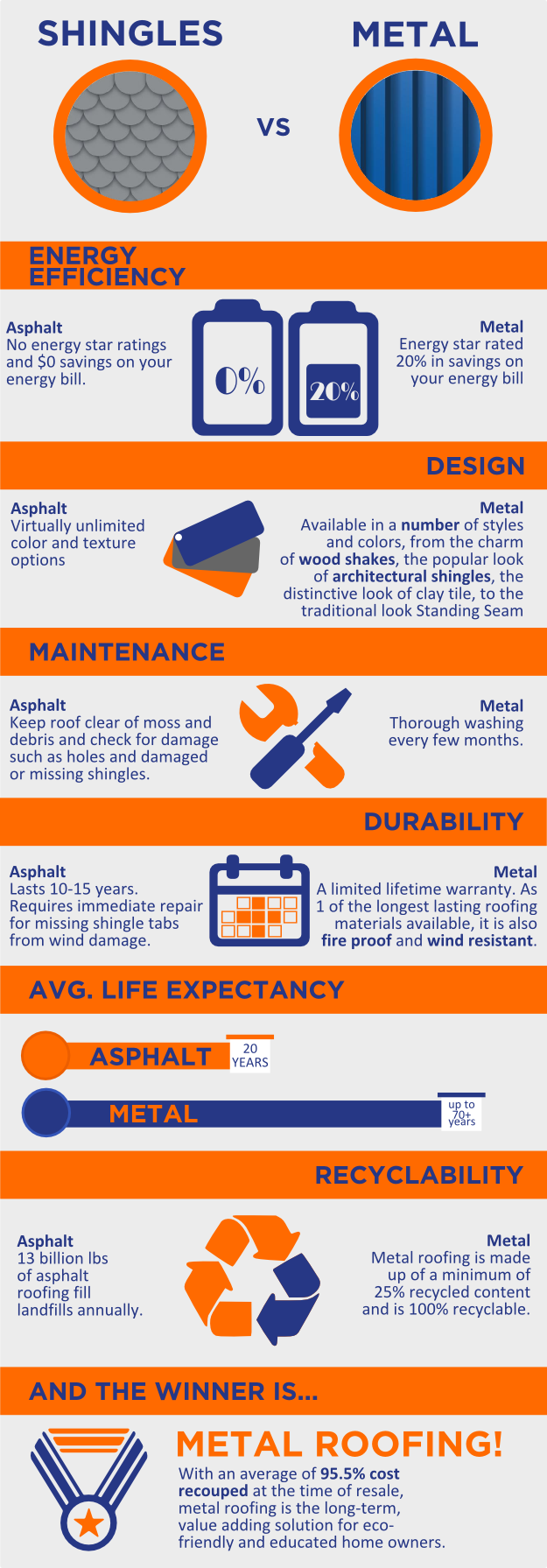Delve Into The Complex World Of Photovoltaic Innovation And Reveal The Remarkable Process Through Which Sunshine Is Exchanged A Functional Resource Of Power
Delve Into The Complex World Of Photovoltaic Innovation And Reveal The Remarkable Process Through Which Sunshine Is Exchanged A Functional Resource Of Power
Blog Article
https://200wsolarpanel20864.kylieblog.com/29837438/discover-the-basic-activities-required-to-analyze-your-roof-conditions-and-energy-requirements-for-an-effective-photovoltaic-panel-installation -Bigum Hendriksen
So, you've read about solar panels and their possible to produce electricity from sunlight, however exactly how specifically do they function? Recognizing the elaborate innovation behind solar panels can be an interesting trip into the globe of renewable resource. From the fundamental principles of photovoltaic cells to the elaborate components that comprise a photovoltaic panel system, there's a whole world of knowledge waiting to be explored. Let's unwind the enigmas of solar panel modern technology together.
Solar Panel Technology Basics
To genuinely grasp the essence of photovoltaic panel technology, you must delve into the essential concepts that underpin its functionality. Photovoltaic panel consist of solar batteries, usually made from silicon, which have the impressive ability to convert sunlight right into electrical energy through the solar impact. When sunshine strikes the cells, the photons in the light interact with the silicon atoms, triggering the electrons to break devoid of their atomic bonds. installation solar panels produces an electric current that can then be harnessed for powering different gadgets.
The key component of solar panels is the semiconductors within the photovoltaic cells, which promote the conversion of sunshine right into usable electricity. These semiconductors have both positive and adverse layers, developing an electric area that enables the circulation of electrons.
This flow of electrons, when linked in a circuit, creates straight current (DC) electrical energy. Comprehending these fundamental principles is critical for appreciating how solar panels can harness the sun's power to power homes, companies, and even satellites in space.
Exactly How Solar Panels Generate Power
Photovoltaic panel harness the sun's power by converting sunshine into electrical power through a procedure called the photovoltaic or pv result. When sunshine hits the photovoltaic panels, the photons (light fragments) are soaked up by the semiconducting products within the panels, generally made from silicon. This absorption generates an electric current as the photons knock electrons loosened from the atoms within the material.
The electrical fields within the solar cells after that compel these electrons to stream in a specific direction, developing a direct current (DC) of electricity. This straight current is then travelled through an inverter, which transforms it into alternating present (A/C) power that can be made use of to power your home or business.
Excess electricity generated by the photovoltaic panels can be kept in batteries for later usage or fed back right into the grid for credit history with a process called web metering. Recognizing how solar panels create electrical energy is important to appreciating the environmental and cost-saving benefits of solar energy systems.
Recognizing Solar Panel Parts
One essential element of photovoltaic panel technology is understanding the different components that compose a solar panel system.
The vital elements of a photovoltaic panel system include the photovoltaic panels themselves, which are comprised of photovoltaic cells that transform sunshine into electricity. These panels are placed on a framework, typically a roof, to capture sunshine.
Along with the panels, there are inverters that convert the direct present (DC) electricity produced by the panels right into rotating current (AC) electrical power that can be utilized in homes or companies.
The system likewise consists of racking to sustain and place the photovoltaic panels for ideal sunlight exposure. Furthermore, cables and connectors are necessary for carrying the electrical energy produced by the panels to the electrical system of a building.
Finally, a surveillance system might be included to track the performance of the solar panel system and guarantee it's operating successfully. Comprehending these components is vital for any individual seeking to set up or utilize solar panel modern technology successfully.
Final thought
Now that you understand the fundamentals of solar panel modern technology and just how it works, you can appreciate the power of taking advantage of sunshine to produce clean and renewable resource for your building. By making use of the photovoltaic impact and elements like inverters and keeping track of systems, you can add to a much more sustainable future while also possibly saving money on energy expenses. Keep knowing and checking out the opportunities of solar power for a greener tomorrow.
